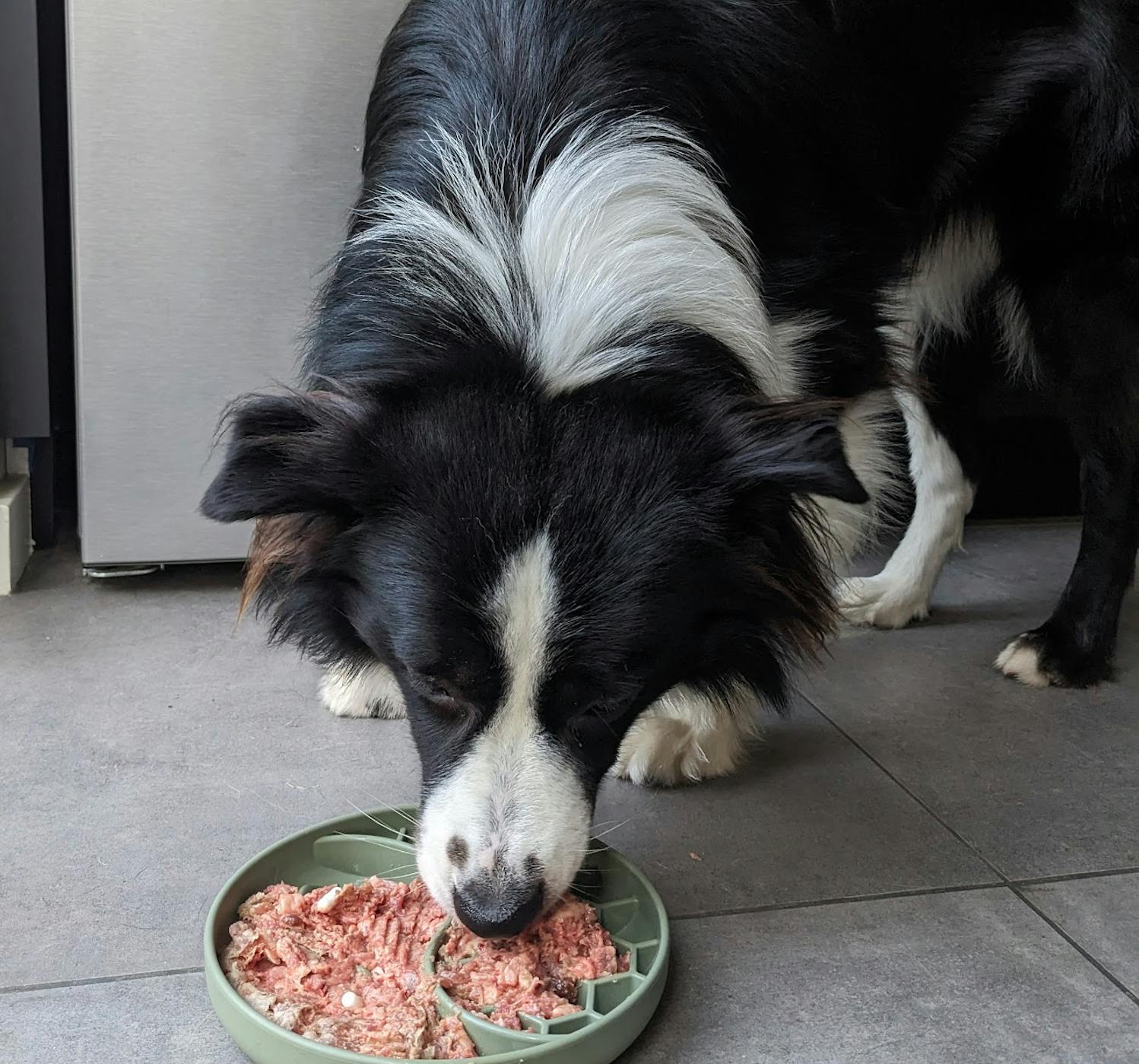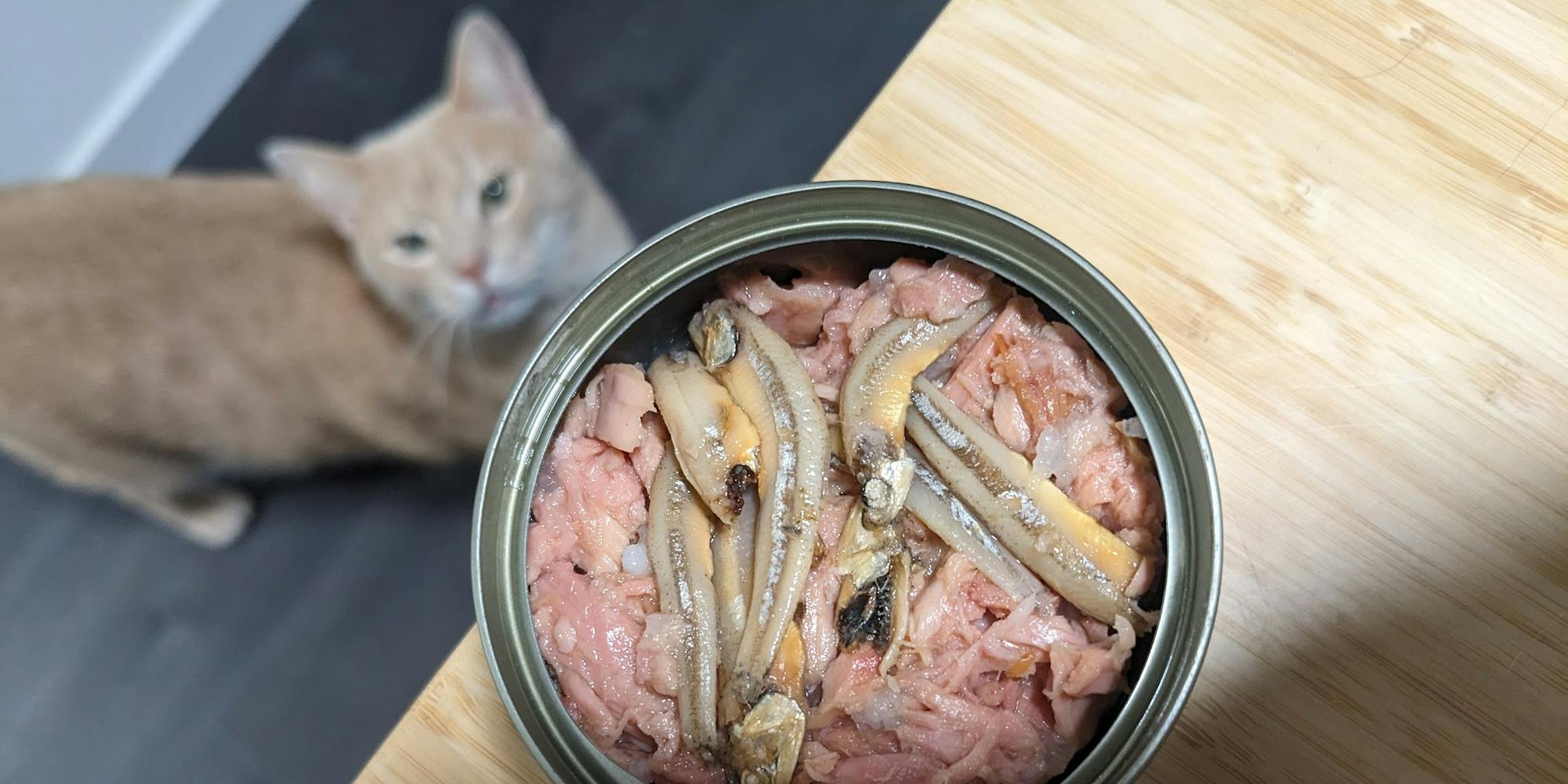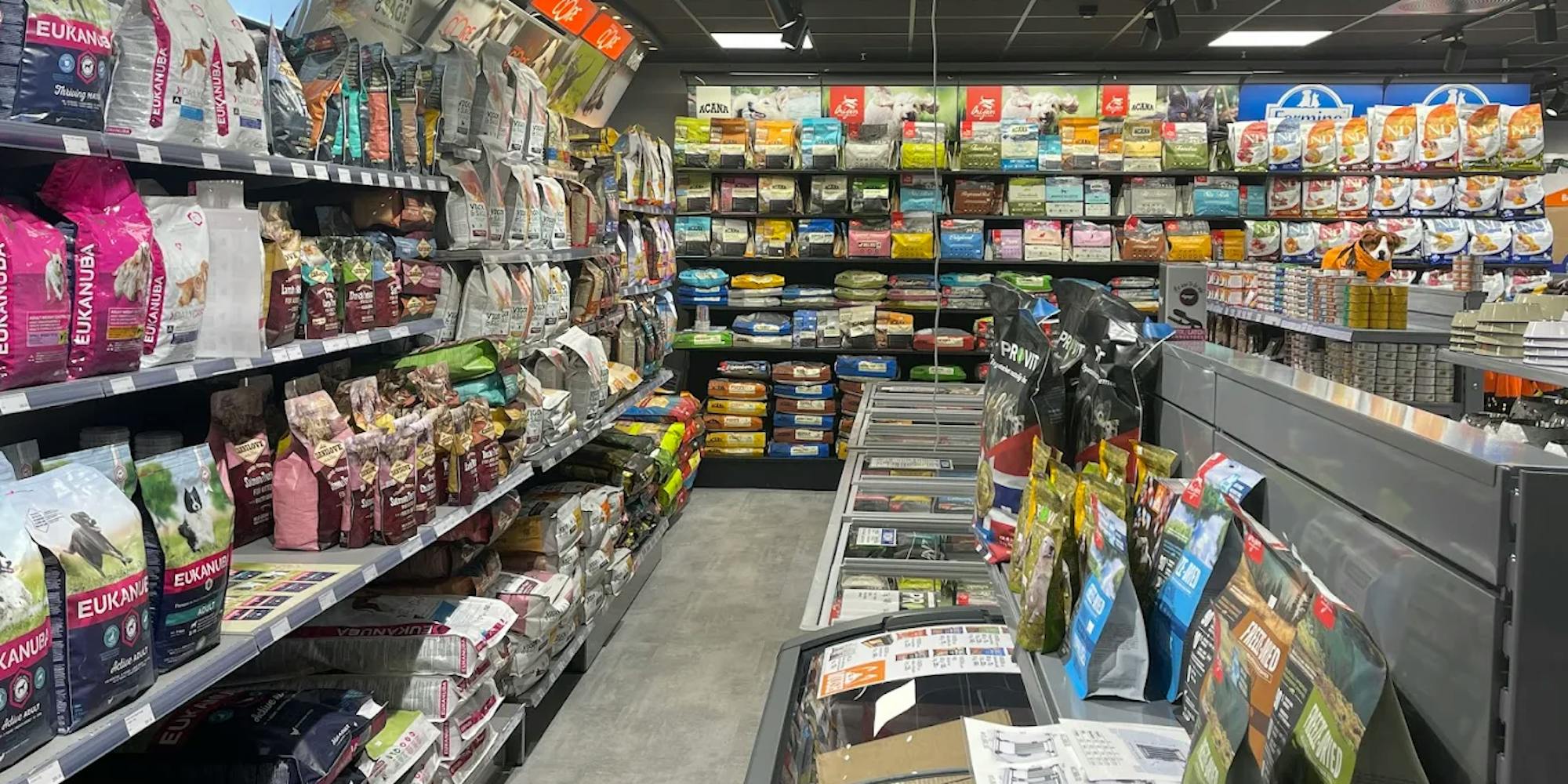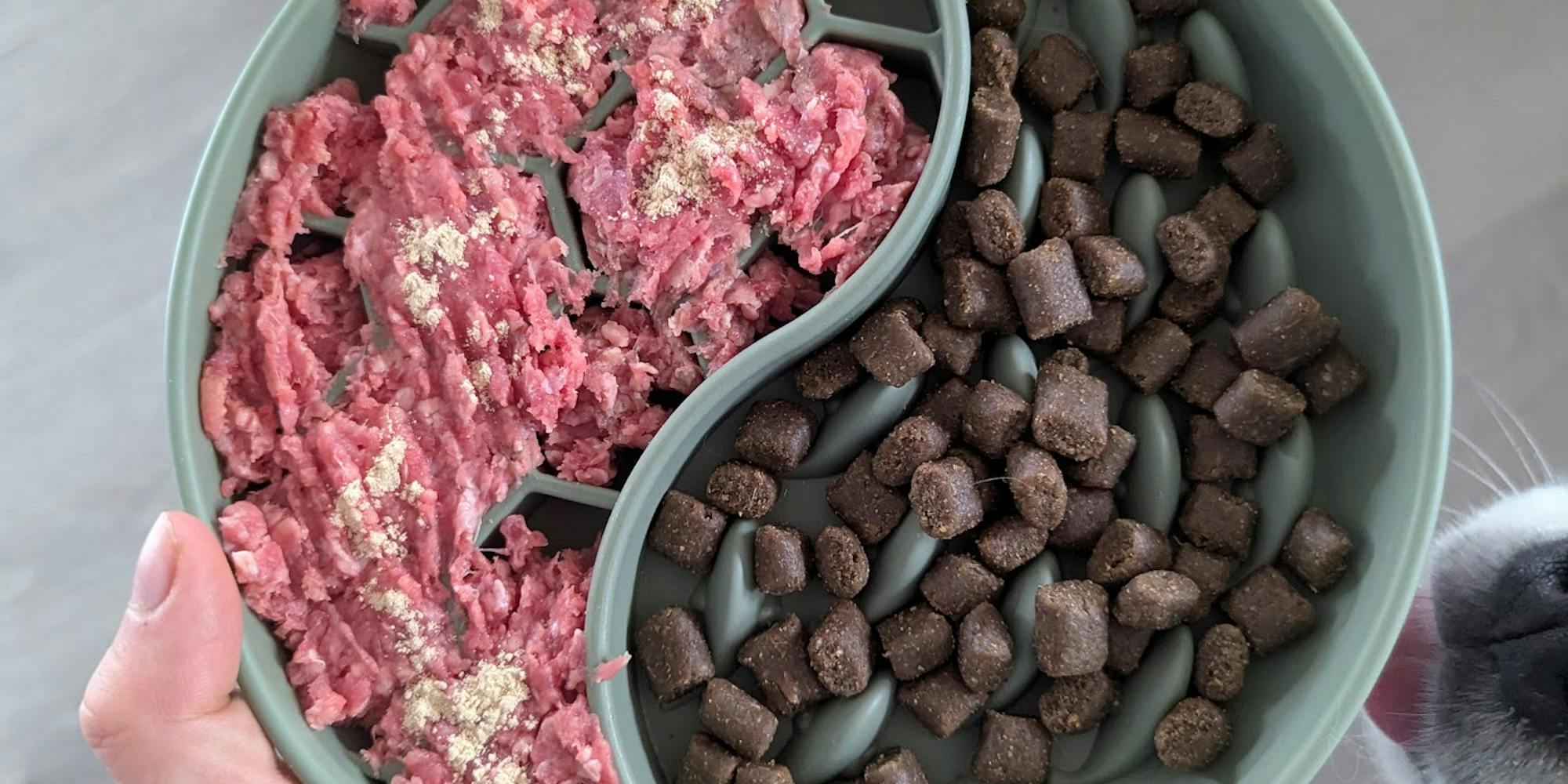“What’s the best food for my pet?” – probably the most asked question in pet nutrition. The truth? It depends on your situation and your pet’s individual needs.
Let me honestly explain the pros and cons of each feeding method.
Raw Food
✅ Advantages:
High protein content and minimal processing
Raw food often contains the highest concentration of natural nutrients without additives or heating.
Natural feeding approach
Most closely mimics what dogs and cats would eat in the wild, which feels like the “right” choice for many owners.
Flexibility in composition
You have full control over what your pet eats – no hidden ingredients or additives.
❌ Disadvantages:
Bacterial risk if handled incorrectly
Certain bacteria can be dangerous, especially for vulnerable pets or at-risk people in the household.
Requires thorough knowledge of nutritional balance
An unbalanced raw diet can cause serious deficiencies. Calcium/phosphorus ratios, organ meat percentages, vitamins, and minerals – everything needs to be just right.
Not suitable for all pets
Animals with certain medical conditions are better off without raw food.
Time and cost
Daily prep, food safety, and quality meat make it labor-intensive and often more expensive.
Commercial Kibble
✅ Advantages:
Convenient and long shelf-life
Easy to store and serve – ideal for busy owners or when traveling.
Cost-effective for most families
Generally the most affordable option, especially for larger pets.
Standardized nutritional values
Quality brands meet nutritional standards and contain all essential nutrients.
❌ Disadvantages:
Quality varies widely between brands
From excellent to very poor – you need to know what to look for (see this blog).
Highly processed, often high in carbohydrates
Many kibbles contain grains and fillers pets don’t necessarily need.
Can contribute to dehydration
Dry food contains only 6-10% moisture, while pets naturally get 60-70% moisture in their food.
Limited shelf-life after opening
Must be used within 6-8 weeks after opening to prevent it from going stale.
Cooked/Steamed Food
✅ Advantages:
Less processed than kibble, safer than raw
Retains more natural nutrients than kibble, but eliminates bacterial risks.
Easier to tailor to individual needs
A great option for pets with sensitive stomachs or specific medical conditions.
Commercial fresh meals available
More and more brands now offer ready-made fresh, cooked meals – convenience without hassle.
❌ Disadvantages:
More expensive than kibble
Fresh meals cost more than traditional kibble, both commercially and homemade.
Home cooking requires extensive nutritional knowledge
Crucial to understand: Cooking for your pet isn’t simply “chicken with rice.” Every meal has to be nutritionally balanced with the right proportions of protein, fat, carbohydrates, vitamins, and minerals. This demands professional knowledge and often customized supplementation.
Short shelf-life
Fresh meals have to be used within a few days, requiring planning and fridge (or freezer) space.
The truth: there’s no single “best” option
The best food is the one that:
- Fully meets your pet’s nutritional needs
- Fits your budget and lifestyle in a sustainable way
- Your pet genuinely enjoys
Practical Considerations
For raw food, you need:
- Thorough knowledge of nutritional balance
- Time for daily preparation
- Adequate fridge/freezer space and hygiene protocols
- A pet without medical contraindications
For cooked food, keep in mind:
- If home cooking: a professionally designed meal plan from a specialized pet nutritionist
- For commercial fresh meals: budget for higher costs
- Careful planning for shelf-life
For kibble, be sure to:
- Choose your brand carefully based on ingredient quality
- Supplement with plenty of fresh water for hydration
- Store in an airtight container in the original bag (contact with just the container may cause kibble to go rancid)
The most important point
What matters most isn’t the food philosophy, but whether your individual pet thrives. A well-balanced kibble diet is better than a poorly composed raw diet.
Focus on what you can realistically sustain and what your pet responds to best. Optimal nutrition is personalized – there’s no one-size-fits-all.

Need help making the choice?
Every dog and cat is unique. Age, activity level, health status, and your personal situation all determine what’s optimal. Unsure which feeding method is best for your pet and situation? Get in touch for personal advice tailored to all the factors that matter to you.
Contact usCheck out these articles

1/8/2025
Wet food = spoiled cat? The truth about cats and moisture
"Wet food is a luxury" or "only for picky cats" are common myths you often hear. The reality? There’s a scientific reason why cats thrive on wet food, and it all comes down to their evolution.
Lees meer
27/7/2025
Why pregnant dogs need specialized nutrition
"She eats high-quality food, so that should be enough, right?" This is a question I often hear from owners of pregnant dogs. But pregnancy and lactation create completely different nutritional needs.
Lees meer
27/7/2025
Perfect nutrition + the wrong exercise = joint problems?
Even with the best puppy food, making the wrong exercise choices can cause joint damage. Here’s what every puppy owner should know about balancing nutrition and exercise.
Lees meer
27/7/2025
Overwhelmed by food labels? The truth about dog food
Feeling lost in the aisles of dog food? With hundreds of options and claims like "premium", "natural" and "gourmet", choosing the right food has become quite a challenge.
Lees meer

